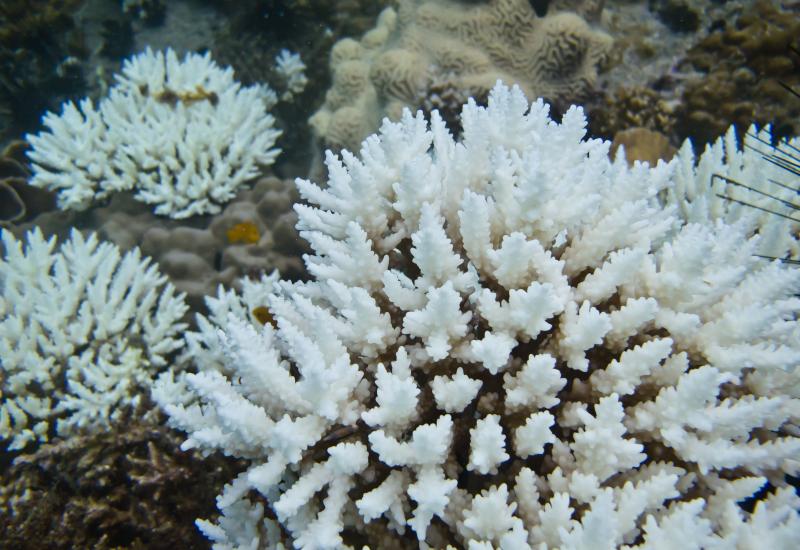Reliving History: New Details Surface About Mysterious Wrecks

Yamato-class battleship Musashi
Divers discovered this sunken hulk after 10 years of searching.
MUSASHI BATTLESHIP The largest and most advanced ship of its era, the Japanese Musashi was found by a team of divers after nearly 10 years of searching. Downed in October 1944 during the Battle of Leyte Gulf, the Musashi exploded underwater; the location of its remains has been a mystery until this year, when divers working with remote-operated vehicles located its wreckage scattered on the floor of the Philippines’ Sibuyan Sea at depths of over 3,000 feet.
SKYRAIDER Of the coast of San Diego, a Naval Reserve A-1 Skyraider, AD-4L was found buried in sand 60 feet below the surface. Dennis Burns and Ruth Yu stumbled on the plane in 2013 and spent two years working with museum profes- sionals to ID it before going public with their find. Burns has chosen to keep the ex- act location of the sunken plane under wraps, but divers interested in a hunt will find four cannons, an engine with all 18 cylinders, stainless-steel tubing and guns.
HMS EREBUS More than 150 years after the ill-fated expedition of Sir John Franklin through the Arctic, a team of Parks Canada and Royal Canadian Navy divers is preparing to explore HMS Erebus. The ship was one of two lost vessels on Franklin’s notorious expedition through the Northwest Passage in 1845. Franklin and his crew of 128 never returned. The ship was discovered in September 2014 of the coast of King William Island, and a team of divers will spend about 10 days in the area to research the remains later this year. The Erebus remains in nearly pristine condition, buried under more than 6.5 feet of ice, sheltering the vessel and giving divers ideal visibility.
Check out the video below of Parks Canada divers exploring the remains of the Franklin Expedition's HMS Erebus:

Yamato-class battleship Musashi
Divers discovered this sunken hulk after 10 years of searching.
MUSASHI BATTLESHIP The largest and most advanced ship of its era, the Japanese Musashi was found by a team of divers after nearly 10 years of searching. Downed in October 1944 during the Battle of Leyte Gulf, the Musashi exploded underwater; the location of its remains has been a mystery until this year, when divers working with remote-operated vehicles located its wreckage scattered on the floor of the Philippines’ Sibuyan Sea at depths of over 3,000 feet.
SKYRAIDER Of the coast of San Diego, a Naval Reserve A-1 Skyraider, AD-4L was found buried in sand 60 feet below the surface. Dennis Burns and Ruth Yu stumbled on the plane in 2013 and spent two years working with museum profes- sionals to ID it before going public with their find. Burns has chosen to keep the ex- act location of the sunken plane under wraps, but divers interested in a hunt will find four cannons, an engine with all 18 cylinders, stainless-steel tubing and guns.
HMS EREBUS More than 150 years after the ill-fated expedition of Sir John Franklin through the Arctic, a team of Parks Canada and Royal Canadian Navy divers is preparing to explore HMS Erebus. The ship was one of two lost vessels on Franklin’s notorious expedition through the Northwest Passage in 1845. Franklin and his crew of 128 never returned. The ship was discovered in September 2014 of the coast of King William Island, and a team of divers will spend about 10 days in the area to research the remains later this year. The Erebus remains in nearly pristine condition, buried under more than 6.5 feet of ice, sheltering the vessel and giving divers ideal visibility.
Check out the video below of Parks Canada divers exploring the remains of the Franklin Expedition's HMS Erebus:










